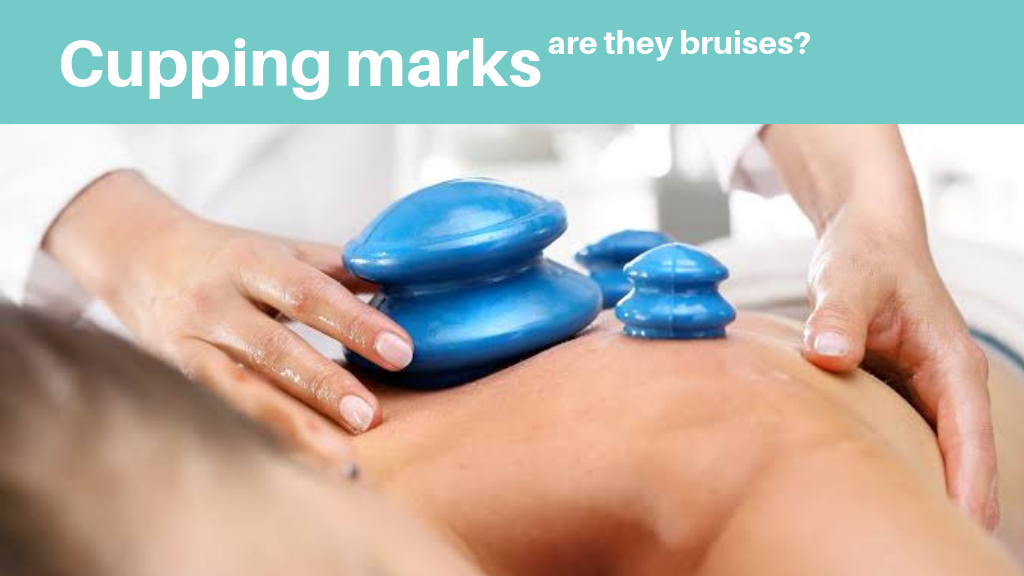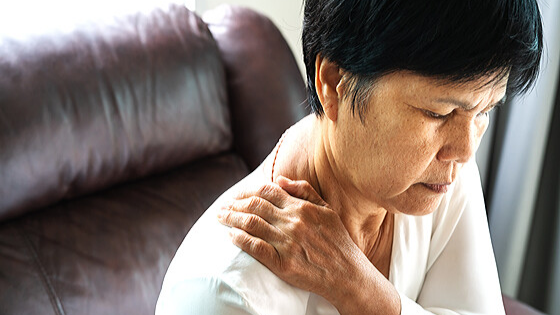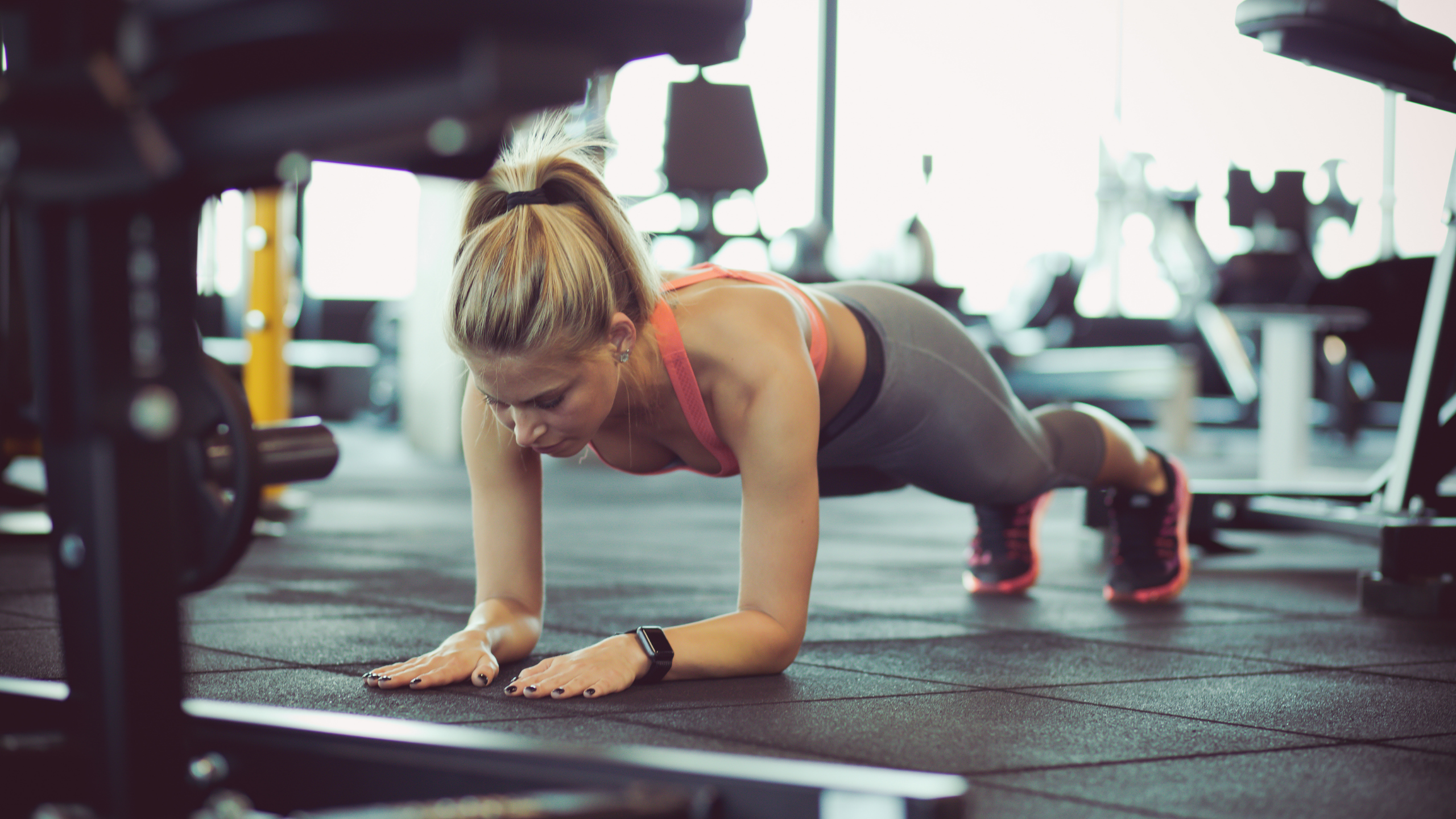If you’ve got an active teenager at home you may have heard complaints about knee pain. Knee pain in teenagers known as Osgood-Schlatter Disease, is an overuse injury that typically occurs in the knees of growing adolescents. It causes pain at the tibial tubercle — the bony bump where the patellar tendon attaches to the shinbone.

The disease most often occurs during growth spurts. This is when the structures in and around the knee are changing at a rapid pace. Physically active teenagers tend to be more affected. Particularly those who do running or jumping sports, such as athletics or gymnastics. Although, less active teens can also experience the problem.
The disease is typically a result of overuse of the thigh muscles (quadriceps) consequently causing repetitive micro trauma at the insertion of the patellar tendon. This can therefore lead to cartilage swelling, cortical bone fragmentation, patellar tendon thickening and or infra-patellar bursitis. The associated pain is most severe after physical activity that involves repetitive thigh use – eg. running, jumping, kicking and climbing stairs.
Onset is gradual, but can occasionally triggered by direct trauma to the area. Factors that increase likelihood are tight quadriceps and hamstrings.

Knee Pain Signs and Symptoms
The pain tends to increase gradually and usually results in swelling and pain just below the knee cap.
- Gradual increase in pain intensity
- Difficulty bearing weight on leg
- Popping sounds in knee during flexion
- Pain during flexion
- Swelling and tenderness below the kneecap
- Painful lesion of the tibial tuberosity
Treatment
The first treatment is to ensure the knee is rested. Ceasing the activity causing the pain and protecting the knee during other activity is the best approach. Ice and physical therapy of the leg will also help reduce pain and speed up the recovery time.
- Rest
- Ice and NSAIDS to reduce swelling and pain
- Massage, stretching and foam rolling to relieve tension through the quadriceps
- Strengthening exercises from a physiotherapist or myotherapist
- Strapping or bracing the knee during painful activity


